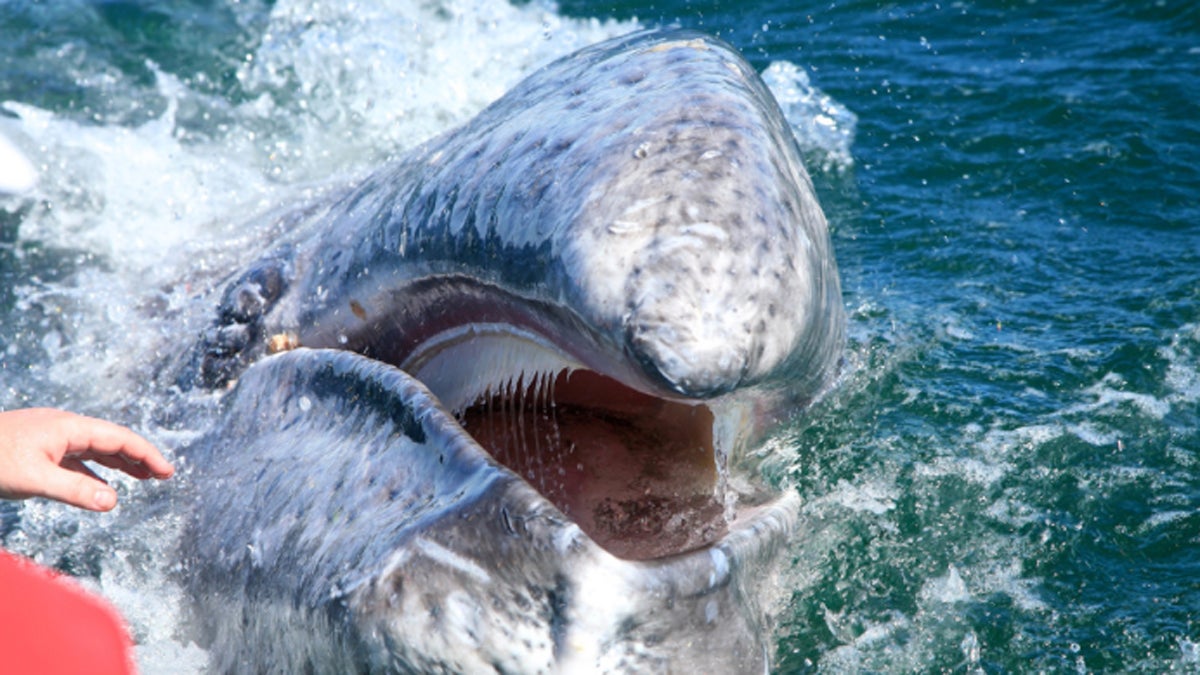What can a whale’s baleen tell us about climate change?
Listen
Baleen can provide insight into the last 10 to 15 years of a whale's life. (Flicker.com)
Whale baleen is one of the most remarkable anatomical traits Northern Arizona University Endocrinologist Kathleen Hunt has ever worked with.
“The more I look at it, the more fascinated I get,” she says of the filter-feeding apparatus that is found in the mouths of mysticete whales, or really large whales that don’t have teeth. “It looks exactly like the hair of a horse’s tail, but embedded in a strong flexible substance, it almost looks like the same consistency as a horse’s hoof.”
Baleen has been used for years to track migration patterns and figure out what whales eat. But recently, Hunt and her research team discovered a different set of information being stored in whale baleen.
“It turns out that hormones are laid down in the baleen, while the baleen is growing, reproductive hormones, and stress hormones, too,” she says.
In whales that were sighted with calves in years before they died, a record of their pregnancy can be found in the baleen, in the form of a spike in progesterone.
The spikes in stress hormones can also provide insight into how natural and man-made factors have impacted whales over time.
“We are starting to see animals shift their ranges quite a lot, foraging grounds have already changed, a lot of whale populations are moving where they forage,” she said. “It’s harder for us to find them because they are no longer coming to the areas that they used to come.”
To hear more about what Hunt is learning from whale baleen, listen to our interview above.
WHYY is your source for fact-based, in-depth journalism and information. As a nonprofit organization, we rely on financial support from readers like you. Please give today.



